Two control applications for an interactive office lighting system: a smartphone app for local lighting control anywhere in the office, and tablets with lighting control dedicated to the meeting rooms.
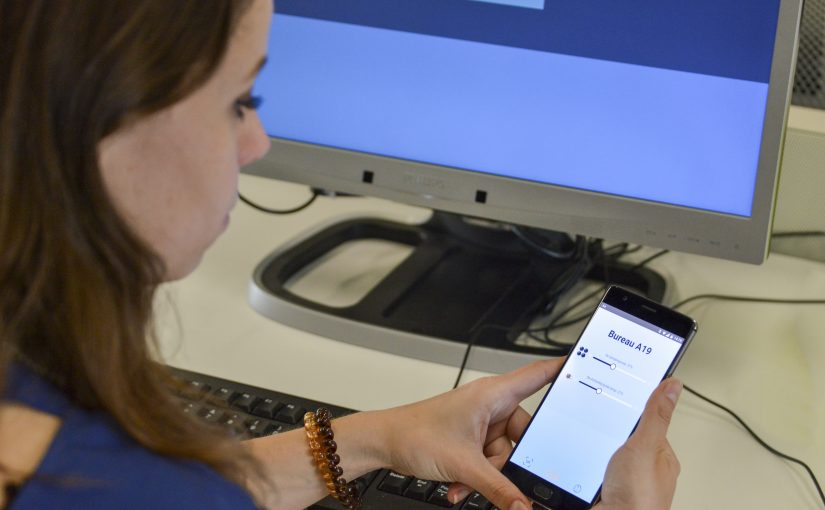

Two control applications for an interactive office lighting system: a smartphone app for local lighting control anywhere in the office, and tablets with lighting control dedicated to the meeting rooms.

Doctoral dissertation about interactions with connected lighting systems and how its value permeates throughout the value chain.
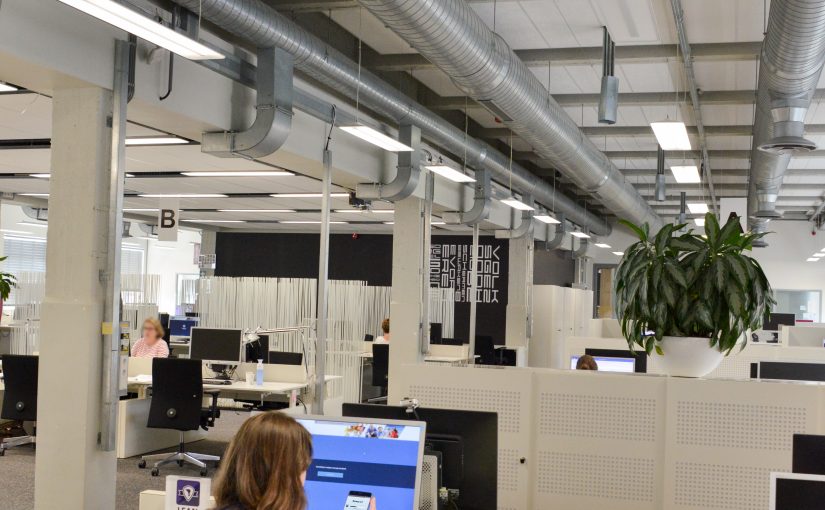
We designed and deployed two lighting control interface in a real-life office equipped with a state-of-the-art lighting system of 400+ luminaires. We evaluated their experience with the lighting system and the lighting control interfaces. In ten weeks, 43 office workers interacted with the system 3937 times.
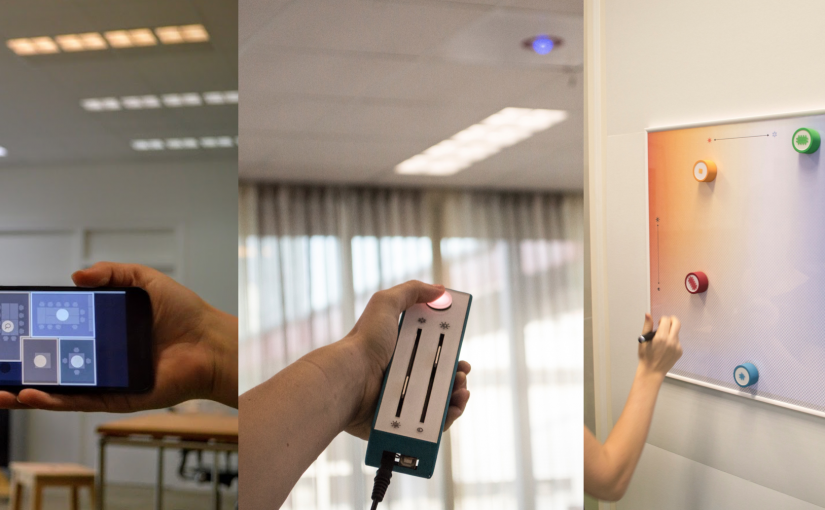
Three user interfaces for lighting control in a shared office: The Floorplan (a smartphone application), Pointer (a tangible-gestural interface on every table), and Canvas (a tangible interface central in the space).

This work aims to deepen the understanding of the effects that interface characteristics can have on how people experience lighting control in a shared space. To do so, we design three interfaces for a shared lighting system that vary in the type of social information they allow people to share with others and in their overall interaction style.
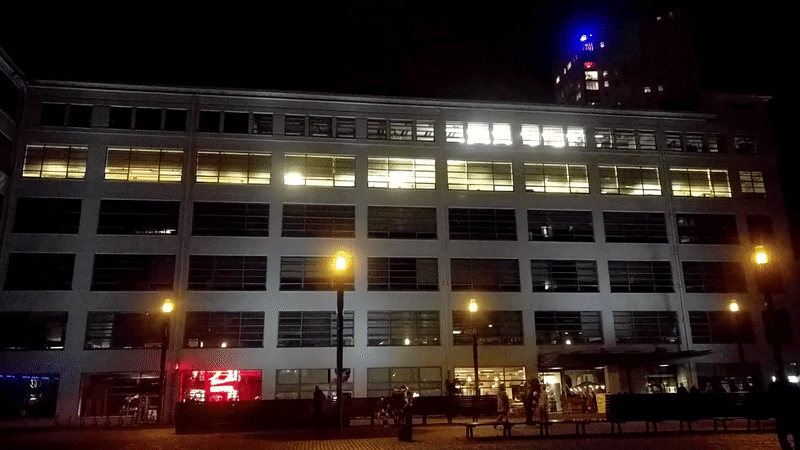
For the GLOW light festival in 2017, I designed and realised a light show with the OpenAIS pilot installation in the Witte Dame. The goal for the project was to showcase the speed, accuracy and synchronicity of the IoT lighting system.
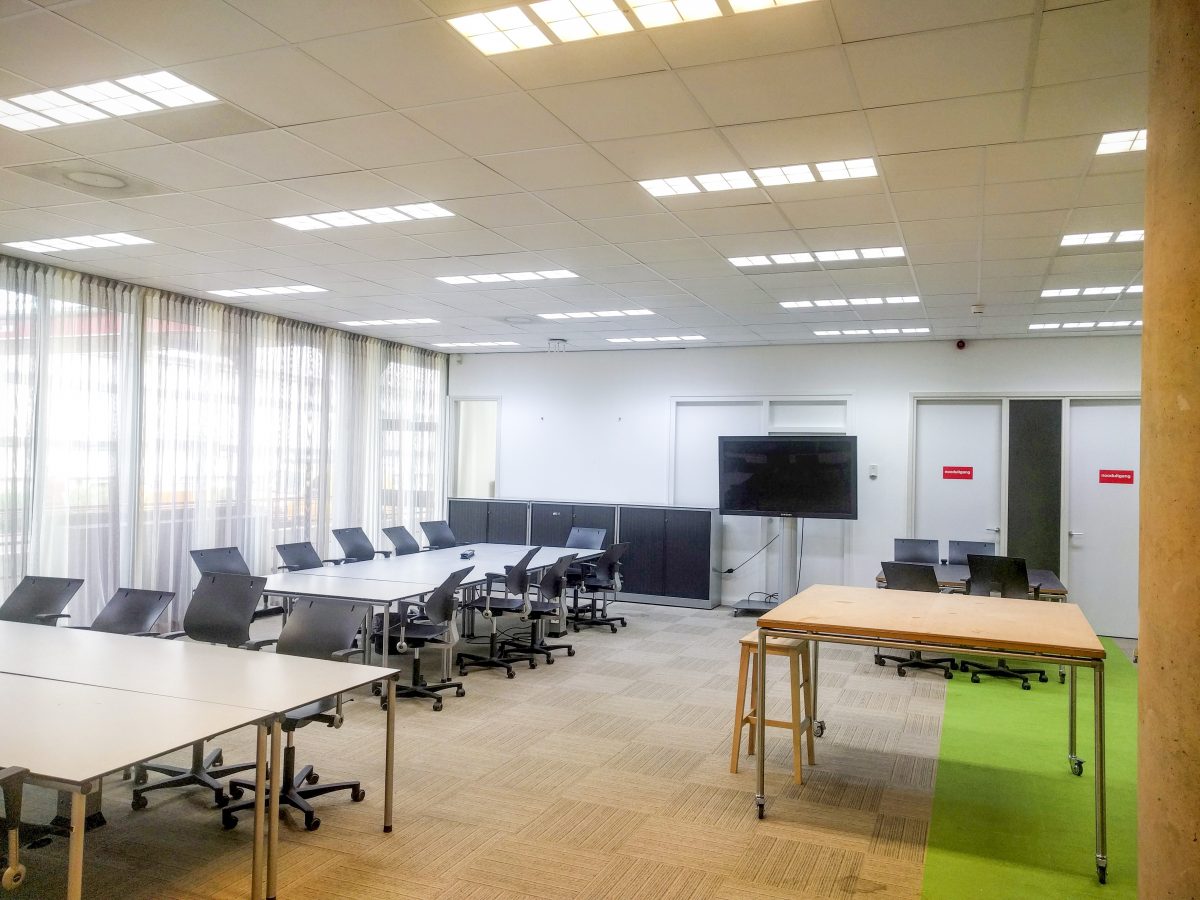
During my PhD I needed a test-bed office to conduct my research about user-interfaces for lighting control. I repurposed the Enlight system to an interactive smart office lighting system. Opportunity Refitting an existing student workspace with an interactive lighting system for studies and student projects. Result A fully working, highly customizable lighting system with 22 […]
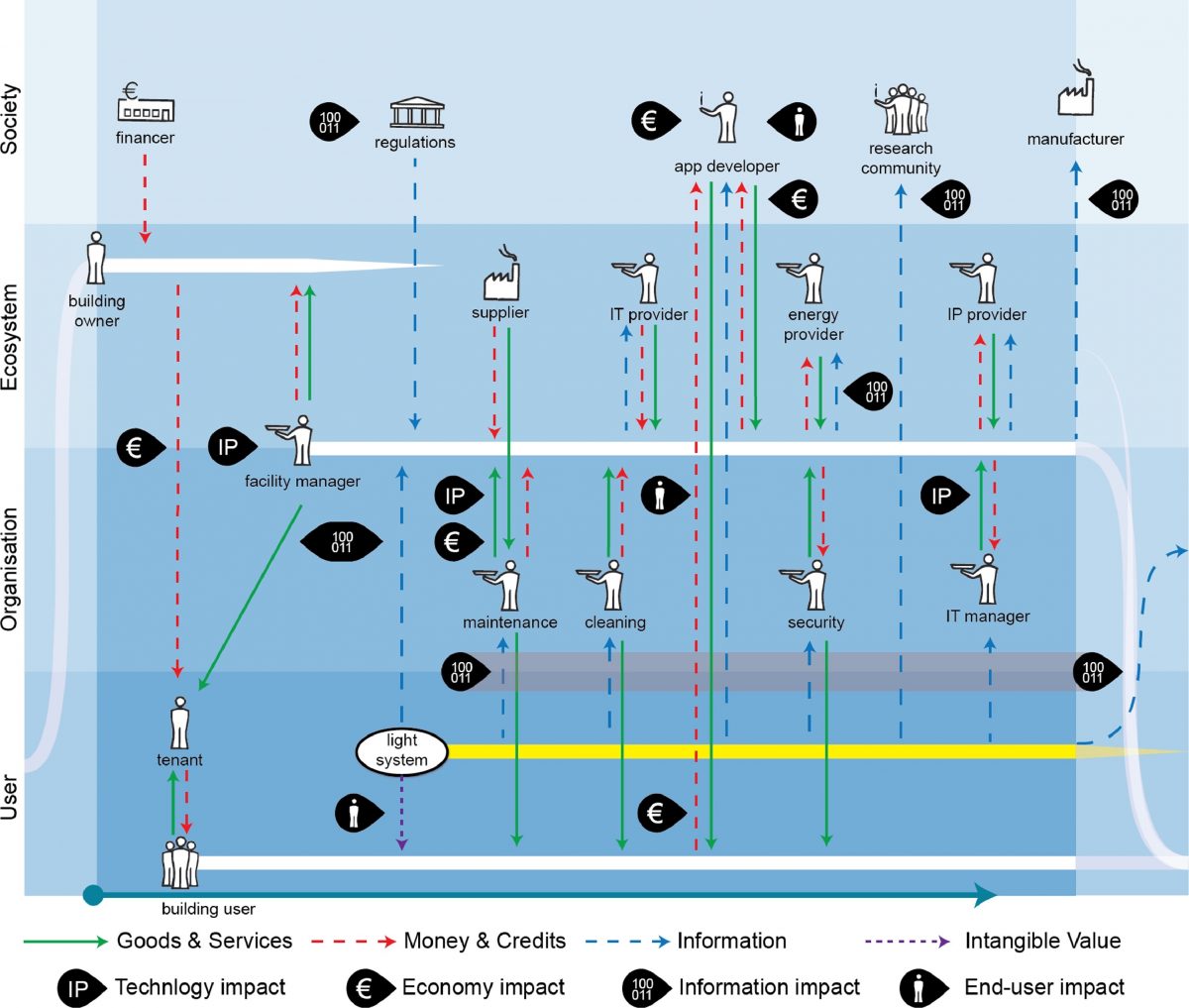
This study investigates the potential impact of IoL on the European office lighting value chain. By interviewing 28 professionals from lighting and IoT companies, we formulate four perspectives with corresponding drivers of change: IP to the end node, standardisation, sharing data, and light as a service. Potential impacts on value have been formulated for each driver, and are operationalised towards stakeholders using the layered value network model. The validity of the model is shown by populating it with the European office lighting value chain.